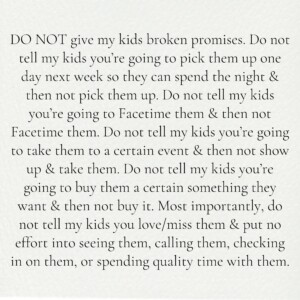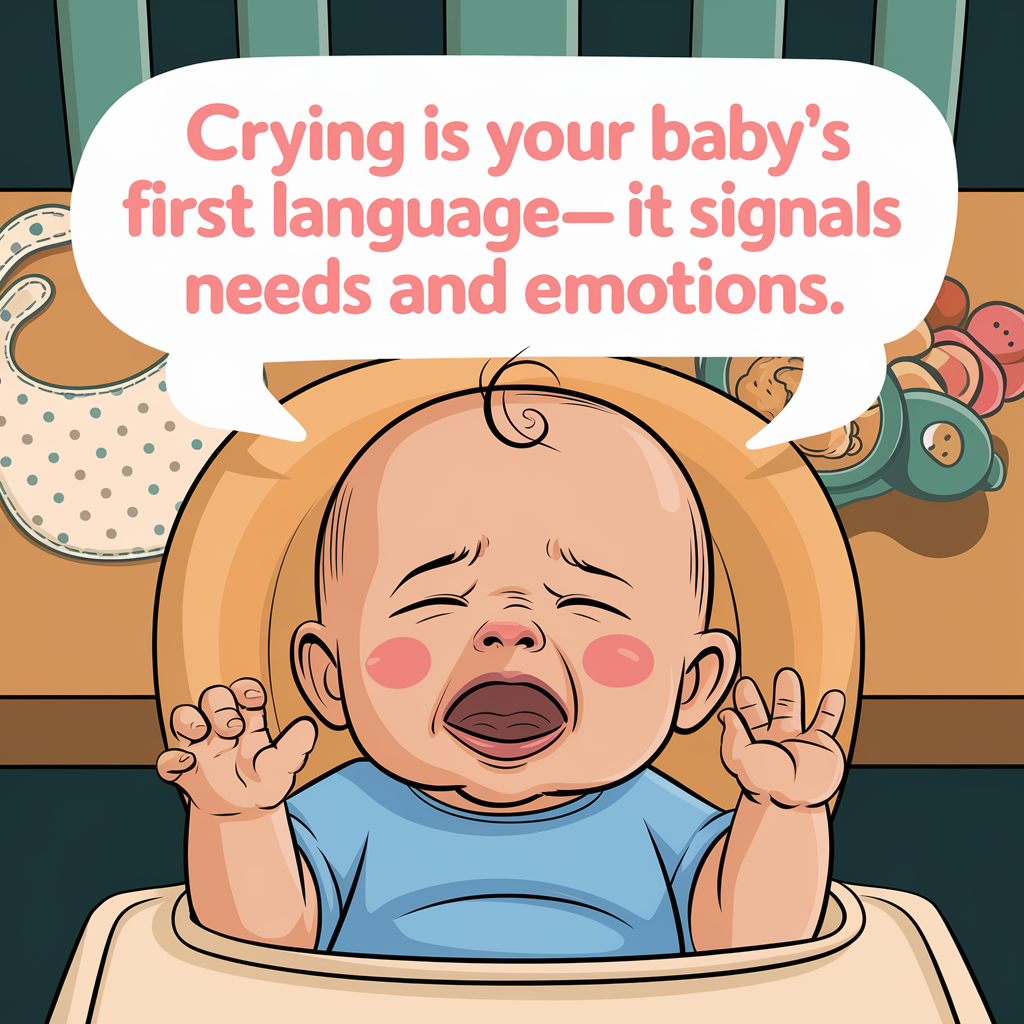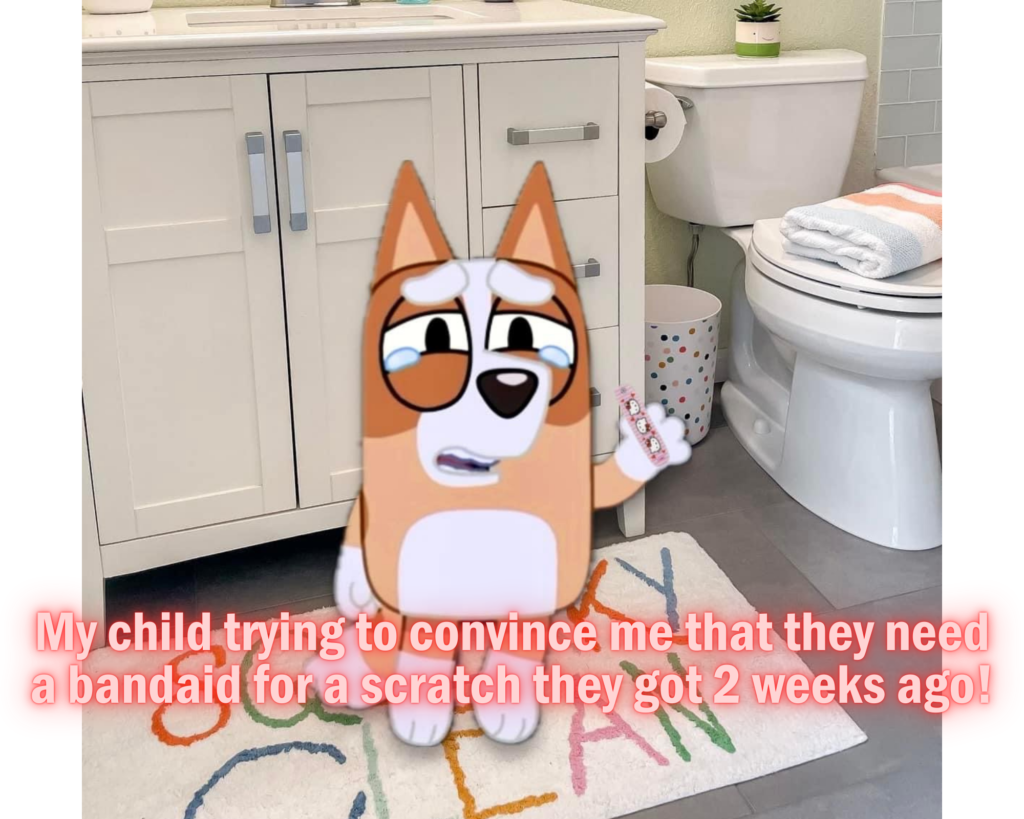
The Bandaid Drama Every Parent Knows
If you’re a parent, you’ve probably been through the “bandaid drama” more times than you can count. You know, the one where your child insists on needing a bandaid for a microscopic scratch that happened two weeks ago. It’s like they have a built-in radar for every minor scrape or bump—no matter how long ago it happened, it suddenly becomes the source of all their troubles when they spot a fresh box of bandaids in the drawer.
I’m sure I’m not alone in this. Just the other day, my child came running up to me, tearfully holding up her arm, showcasing a long-forgotten scratch that looked more like a faint line of dry skin. But, of course, in her mind, it was a critical injury requiring immediate bandaid intervention. After all, nothing says “healing” like a colorful piece of sticky plastic.
It’s funny, but it’s true. Bandaids have become a staple in every parent’s toolkit—not for serious injuries, but for those moments when a child just needs that extra bit of attention and care.
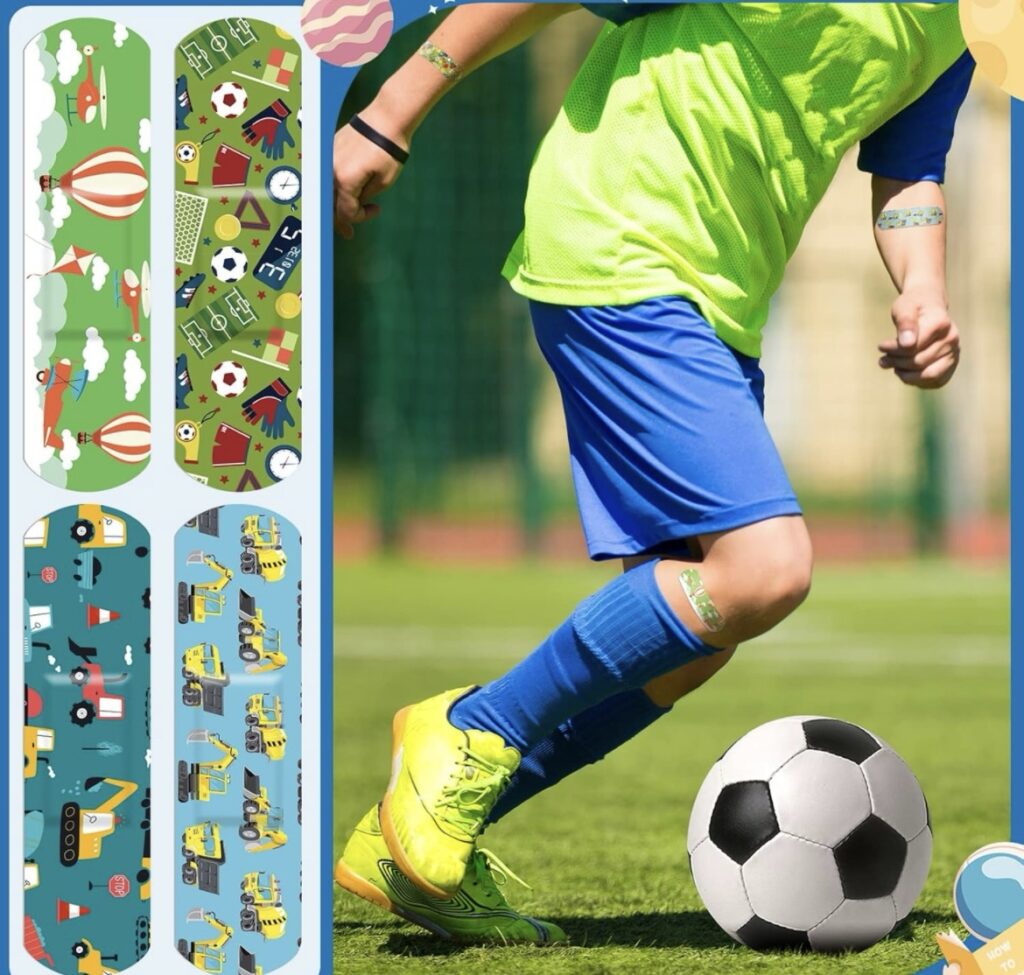
Why Kids Love Bandaids
So why do kids love bandaids so much? It’s not just about covering up a cut or scratch. For kids, bandaids are almost magical. They’re more than just a small adhesive strip; they’re a form of comfort and attention. When your child asks for a bandaid, they’re not always asking for physical healing—they’re looking for reassurance and care from you.
In many ways, bandaids are like a child’s security blanket. They offer a sense of control and protection, even when the injury is long gone. It’s their way of telling you, “I need a little extra care right now.” These moments are part of what makes parenting both challenging and rewarding—the small things, like putting on a bandaid, are opportunities for connection.
This phenomenon is similar to other behaviors where children seek comfort through physical objects or actions. For example, when a child goes through a phase of needing a little extra security at night, it’s not unlike the comfort they find in a bandaid. You can read more about unexpected parenting joys like these in this post on how naptime can become playtime, showing how even small moments of attention make a big difference to your child.
Kids also see bandaids as something “cool”—they’re like stickers with a purpose. Whether they’re covered in characters or bright colors, bandaids can make a child feel brave and cared for. And sometimes, it’s not about the wound at all; it’s about that feeling of being heard and tended to.
Now that we understand why kids love bandaids so much, let’s dive into some ways to handle these never-ending bandaid requests with both humor and care.
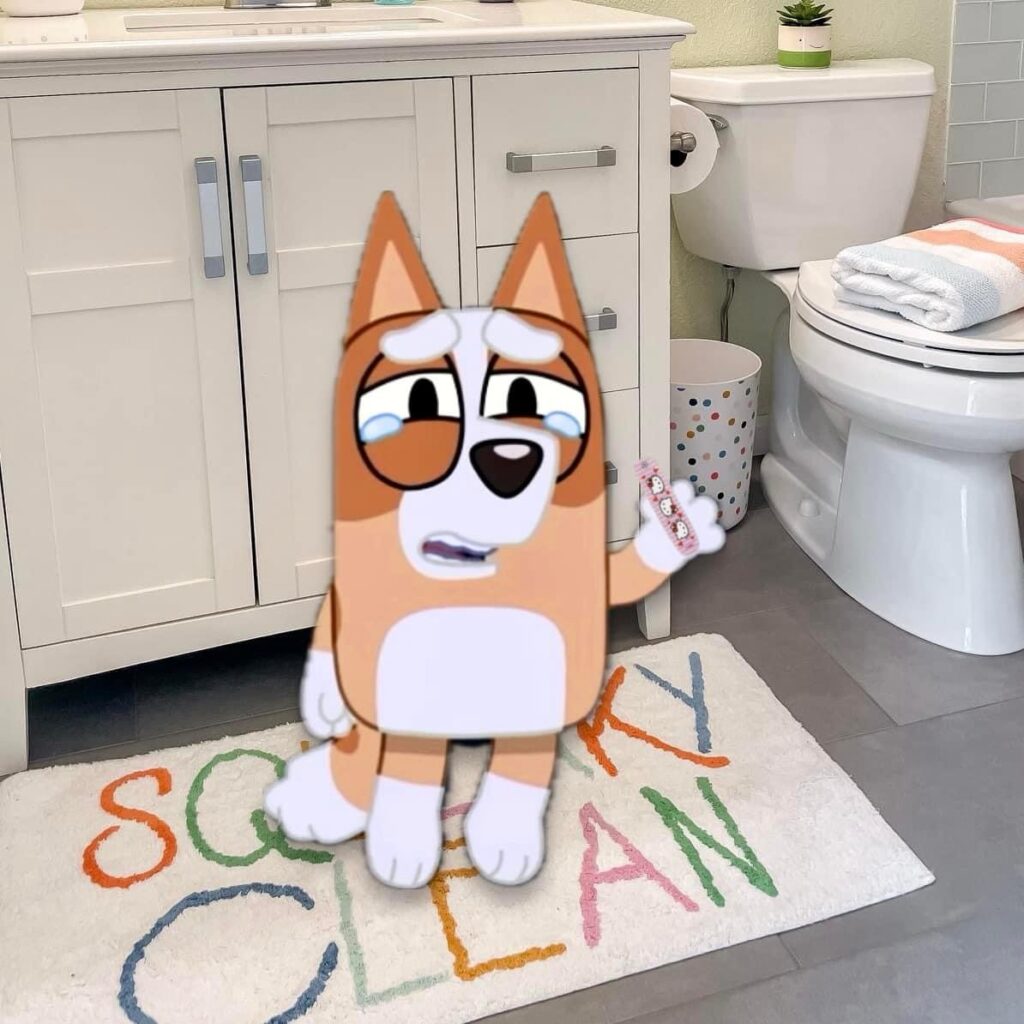
How to Handle “Bandaid Requests” with Humor and Care
We’ve all been there: your child is holding up an invisible wound, dramatically pleading for a bandaid, and you’re wondering how to handle it. The key here is finding a balance between humor and empathy. While it can be tempting to say, “You’re fine, you don’t need a bandaid,” this often doesn’t go over well—because, to your child, this isn’t about the scratch, it’s about feeling heard.
One way to approach this is by acknowledging their feelings first. A simple “I see you have a scratch, and I know it must’ve been tough” goes a long way. It’s amazing how much a little validation can reduce the drama. From there, you can either offer a bandaid or gently explain that the scratch is healed and doesn’t need one anymore.
Humor is another great tool in these situations. You can make a game out of it—“Do you think this scratch needs a bandaid, or would a magic kiss do the trick?” Sometimes offering an alternative like a fun sticker or temporary tattoo can replace the bandaid obsession. If your child has a tendency to ask for things repetitively, this might remind you of how kids show other quirky behaviors, like when they just won’t stop biting the wall. In both cases, it’s about offering them an alternative while showing you care.
Of course, there are also times when you just give in, slap on the bandaid, and move on with your day. After all, sometimes it’s the easiest solution to avoid a meltdown. But finding ways to turn these moments into teachable ones, with a little humor, can make both you and your child feel better about the situation.
This small bandaid moment is often a reminder of the bigger picture in parenting. It’s these repetitive yet tender interactions that build the bond between you and your child. And hey, a bandaid here and there isn’t so bad when you think about the laughs you’ll get out of it later!
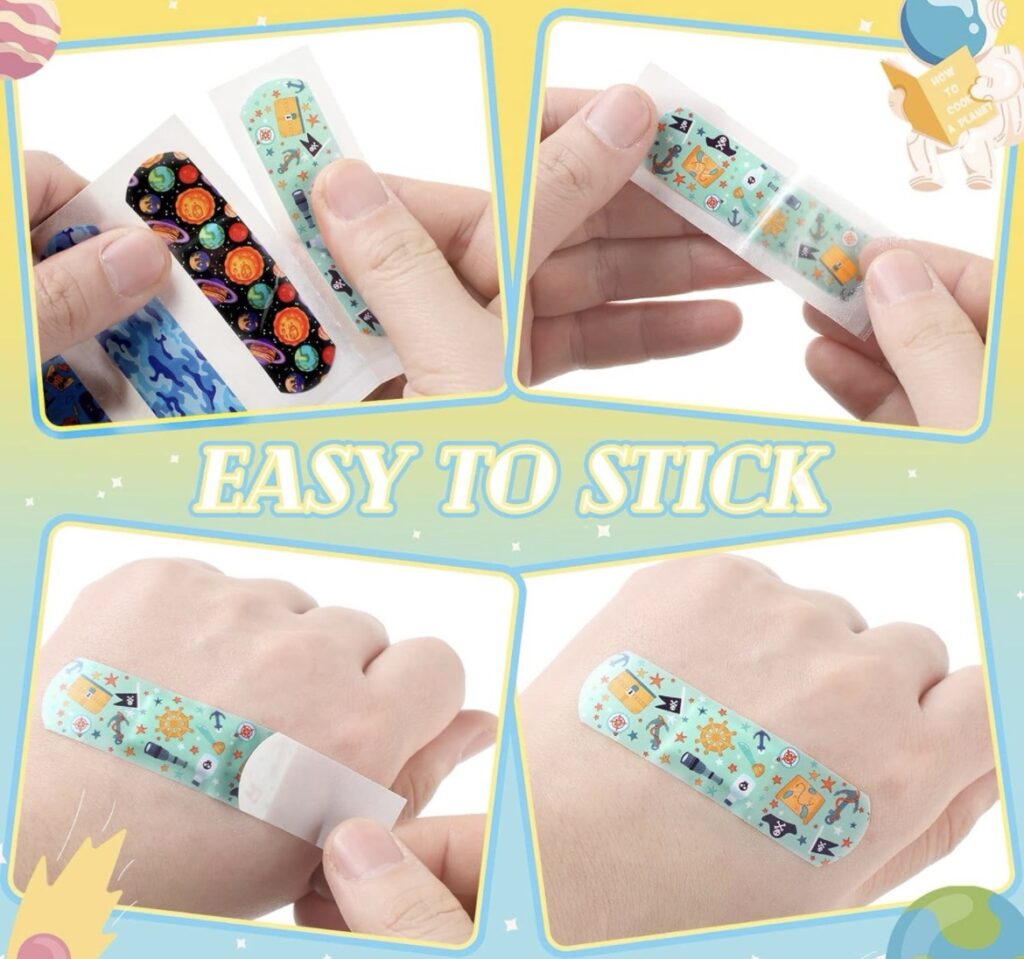
The Minor Injury Drama: When Kids Exaggerate
If there’s one thing kids are good at, it’s exaggerating. A tiny bump can turn into a full-blown emergency in their eyes, especially when it comes to getting attention. It’s not that they’re being manipulative; it’s just how their little minds process discomfort. A small scrape can feel like the end of the world because they’re still learning to manage pain and emotions.
This tendency to exaggerate isn’t just limited to physical injuries, either. Just like they’ll insist on a bandaid for a two-week-old scratch, they’ll sometimes blow other small situations out of proportion. Whether it’s a simple request for a drink of water in the middle of the night or suddenly feeling the need to talk about why they can’t sleep, kids know how to grab our attention.
These exaggerated moments are part of the growing pains of childhood and communication. As kids start developing language and understanding, they often struggle with expressing discomfort appropriately, which is why they latch onto things like bandaids. It’s a familiar, easy way to communicate that they need help or comfort. This is similar to how children may also show attention-seeking behaviors at milestones like when they start talking. Each phase presents its own challenges, but they’re all part of their emotional development.
What’s important to remember is that, in these moments, your child is just trying to communicate the best way they know how. A bandaid might not be necessary, but your attention is. And let’s be honest, the drama surrounding these minor injuries is often what makes parenting so unpredictable and hilarious. When they grow up, we’ll miss these ridiculous moments—kind of like how you might unexpectedly miss naptime turning into playtime, as described in this post.
Let’s move on to understanding why kids fixate on certain comforting rituals, like asking for a bandaid, and how it connects to other behaviors.

From Bedwetting to Bandaids: Why Kids Fixate on Comfort
Kids are creatures of habit, and once they find something comforting, they tend to hold on to it—whether it’s a favorite stuffed animal, a specific blanket, or, in this case, a bandaid. Comfort objects and rituals give children a sense of security in a world where so many things are out of their control. Much like their obsession with bandaids for nonexistent injuries, kids often fixate on certain habits, especially when they’re feeling vulnerable.
This need for comfort can manifest in various ways. For example, some kids might hold onto pull-ups long after they’re necessary, seeking the reassurance they provide, especially if they’re going through a stressful period. This is similar to why bedwetting might return for a 4-year-old. Just like the bandaid “emergencies,” these habits often have less to do with the actual issue (whether it’s a scratch or bedwetting) and more to do with how kids cope with their changing emotions and environment.
For parents, it’s essential to understand that these fixations on comfort are normal and often a phase that will pass. Offering alternatives or turning these moments into opportunities for reassurance can help ease your child through it. While it’s tempting to dismiss their concerns when they demand another bandaid or insist on their pull-up, showing patience during these times reinforces their sense of security and strengthens the parent-child bond.
Now that we’ve explored why kids seek comfort in the familiar, let’s discuss some creative ways to redirect their bandaid obsession into something just as engaging but a little less repetitive.

Fun Alternatives to Bandaids for Kids
When your child’s bandaid obsession seems never-ending, sometimes offering fun alternatives can redirect their attention while still making them feel special. After all, it’s not always about the bandaid itself but the care and attention they’re seeking.
One idea is to replace bandaids with stickers. Let them pick out a cool sticker as their “reward” for being brave, especially if the injury doesn’t need a bandaid. You could even go a step further and use temporary tattoos to turn the moment into a fun activity. They’ll likely forget about needing the bandaid and focus more on their new “tattoo.”
Another fun option is to turn these moments into a creative game. You could create a DIY healing kit where they can “treat” their toys or stuffed animals, allowing them to be in control of the situation. This can also help them better understand when bandaids are necessary and when a hug (or sticker) is just as effective. It’s a great way to tap into their imagination while steering them away from unnecessary bandaids.
Much like the rainy days when you need to find indoor activities to keep them entertained, redirecting their attention is key. For more ideas, check out this post on creative indoor activities for toddlers to keep your child engaged and distracted when they’re fixating on bandaids.
By offering alternatives like stickers, temporary tattoos, or creative play, you can manage the bandaid obsession while still making your child feel loved and cared for. Let’s explore how to handle the moments when they actually do need a bandaid and how to make it fun for them!

How to Make Bandaid Time Fun (When They Really Do Need One)
Sometimes, your child actually does need a bandaid, and when that happens, you can still make the experience a little more enjoyable for both of you. After all, if they’re going to ask for bandaids constantly, you might as well make the most of it!
One of the easiest ways to make bandaid time fun is to let your child choose their own bandage. With so many fun designs featuring cartoon characters, animals, and colorful patterns, they’ll be excited to show off their “battle scars.” It turns something as minor as a scrape into an opportunity for them to feel empowered. Think of it like dressing up in creative DIY Halloween costumes for toddlers—just a small way to make the experience exciting for them.
Another option is to use bandaid time as a way to teach them about basic first aid. Let them help clean the wound, apply the ointment, and stick the bandaid on themselves. This gives them a sense of independence while also learning a valuable life skill. You can even make it part of a game—next time they want a bandaid for a non-existent scratch, encourage them to “save” their toys with the bandaid kit you created earlier.
Bandaids don’t have to be a dreaded chore or a source of drama. By making the process fun and empowering for your child, it becomes less about the bandaid itself and more about creating a positive, interactive experience. Plus, it helps them understand when a bandaid is actually needed versus when a hug or sticker might be the better option.
Now that we’ve covered how to make bandaid time fun, let’s talk about the bigger picture: how dealing with these small parenting challenges can feel much harder when you don’t have a strong support system around you.

The Bigger Picture: Parenting Without a Support System
Handling everyday parenting challenges like bandaid requests, tantrums, or minor injuries can feel exhausting, especially when you’re doing it without much outside help. For many parents, it’s not just the bandaids that feel overwhelming—it’s the endless to-do list of parenting, all without a strong support network. When grandparents or extended family aren’t involved, small moments of exhaustion can feel even heavier.
The reality is that these repetitive, small parenting tasks often add up, and it can be incredibly draining. Sometimes, you just want someone else to share the load, even if it’s as simple as stepping in during yet another bandaid drama. This article on feeling unsupported as a parent dives into the emotional toll of parenting without an extended family network, and it’s something many parents experience.
When you’re managing it all on your own, those little moments can feel bigger than they really are. It’s important to acknowledge how hard that can be. Whether it’s navigating a bedtime meltdown or a bandaid obsession, without a support system, everything feels a little more challenging.
In these moments, remind yourself that it’s okay to lean on your parenting community—whether that’s friends, other parents, or online groups. Even though you might not have a family network nearby, building a supportive environment with others who understand the day-to-day struggles can make a big difference.

It’s All Part of the Parenting Journey
As parents, we often find ourselves caught in the middle of both the exhausting and endearing moments of raising kids. From the dramatic bandaid requests for long-forgotten scratches to the never-ending need for attention, these small instances often represent something bigger—our children’s desire for comfort, security, and love.
While it may feel overwhelming at times, especially if you’re managing it all without a strong support system, it’s important to remember that these moments are fleeting. The endless requests for bandaids, much like the other quirks of childhood, will eventually become memories you look back on and laugh about.
Parenting can sometimes feel like a juggling act, where even small tasks like offering a bandaid can take on outsized importance. But these moments also offer a chance for connection. Whether you’re indulging your child’s bandaid obsession or redirecting their attention with a fun distraction like creative indoor activities for toddlers, it’s all part of navigating the ups and downs of parenthood.
So, the next time your child pleads for a bandaid, even if it’s for a “wound” that has long healed, remember that it’s about more than the bandaid itself. It’s about the attention, care, and connection that bandaid represents.

And while you’re at it, maybe brighten their day even more with some fun animal wall art for their room—it might just be the next obsession they ask for!
In the end, these moments, no matter how small, are what shape the journey of parenting. Embrace the chaos, the bandaid drama, and all the little quirks that make it uniquely yours.
As an Amazon Associate we earn from qualifying purchases through some links in our articles.


